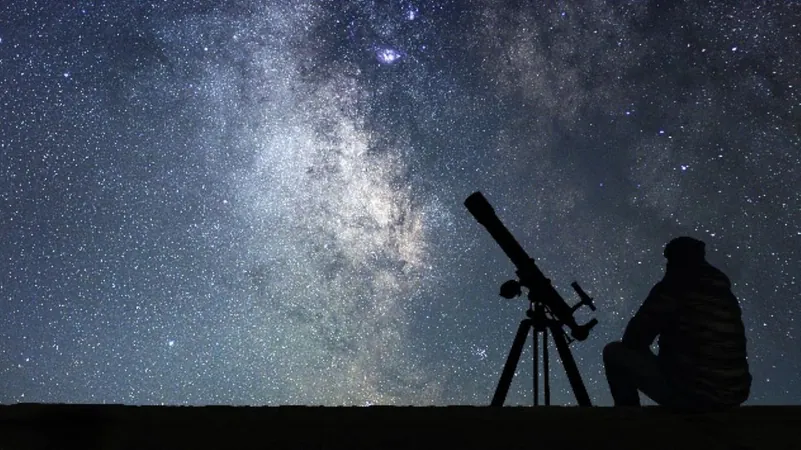
Rare Comet Lights Up October Skies! How to Catch a Glimpse of This Celestial Wonder
2024-10-05
October is set to dazzle star gazers with an incredible lineup of celestial events, highlighted by the thrilling passage of the once-in-a-lifetime Comet C/2023 A3 (Tsuchinshan-Atlas) alongside two meteor showers and the third supermoon of the year!
Here’s a breakdown of this spectacular month:
Key Dates
- Comet C/2023 A3 (Tsuchinshan-Atlas) closest approach: October 9-13
- Draconid Meteor Shower: Peak on October 7
- Supermoon (Hunter's Moon): October 17
- Orionid Meteor Shower: Peak on October 21-22
Having kicked off the month with a modest annular solar eclipse visible only in the southernmost regions of South America, the spotlight now shifts to Comet C/2023 A3. With an astonishing orbital period of 80,000 years around the Sun, this icy visitor is making its closest approach to Earth on October 13 — an occasion astronomers and enthusiasts alike cannot afford to miss!
The comet, which was discovered just last January, can be observed from October 12 through the end of the month, providing multiple opportunities to catch it without any specialized equipment. This breathtaking sight is expected to be most prominent on the 13th, when it comes closest to us.
October also features the Draconid Meteor Shower, marking its peak on the 7th. While this shower usually produces around 10 meteors per hour — meaning you'll need to exhibit a bit of patience and hope for clear skies — it's a lovely way to enjoy inclusivity with the cosmos.
Right on the heels of the Draconids, the supermoon will make its grand appearance on the 17th. Traditionally known as the Hunter's Moon, this supermoon will appear especially large and bright, illuminating the night sky like never before. Prepare your cameras, as this sight promises to be breathtaking!
Finally, keep your eyes peeled for the Orionid Meteor Shower between early October and early November, with a peak on the 21st and 22nd, where you can expect to see about 20 meteors an hour. While not as prolific as some other showers, the Orionids are known for their stunning fireballs.
So, gather your friends, pack your telescope or just lay back and enjoy the show. Don’t forget to capture the magic and share your photos! The universe is calling — will you answer?









 Brasil (PT)
Brasil (PT)
 Canada (EN)
Canada (EN)
 Chile (ES)
Chile (ES)
 España (ES)
España (ES)
 France (FR)
France (FR)
 Hong Kong (EN)
Hong Kong (EN)
 Italia (IT)
Italia (IT)
 日本 (JA)
日本 (JA)
 Magyarország (HU)
Magyarország (HU)
 Norge (NO)
Norge (NO)
 Polska (PL)
Polska (PL)
 Schweiz (DE)
Schweiz (DE)
 Singapore (EN)
Singapore (EN)
 Sverige (SV)
Sverige (SV)
 Suomi (FI)
Suomi (FI)
 Türkiye (TR)
Türkiye (TR)